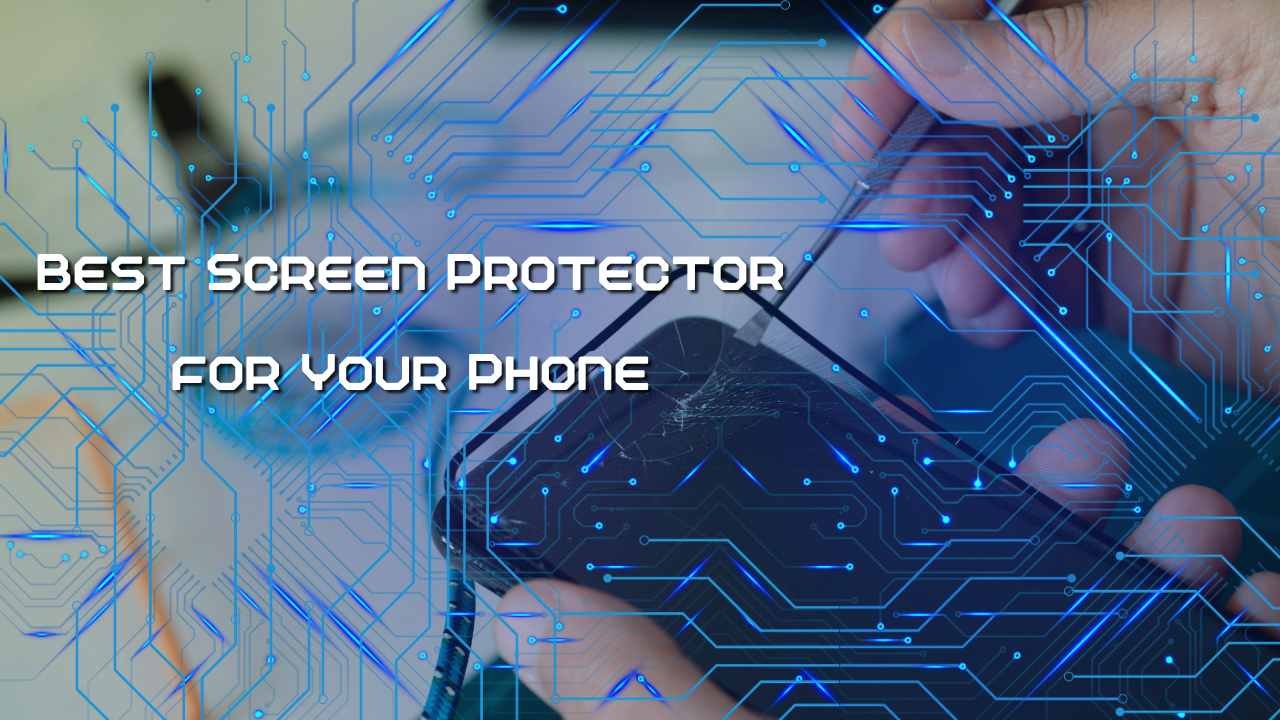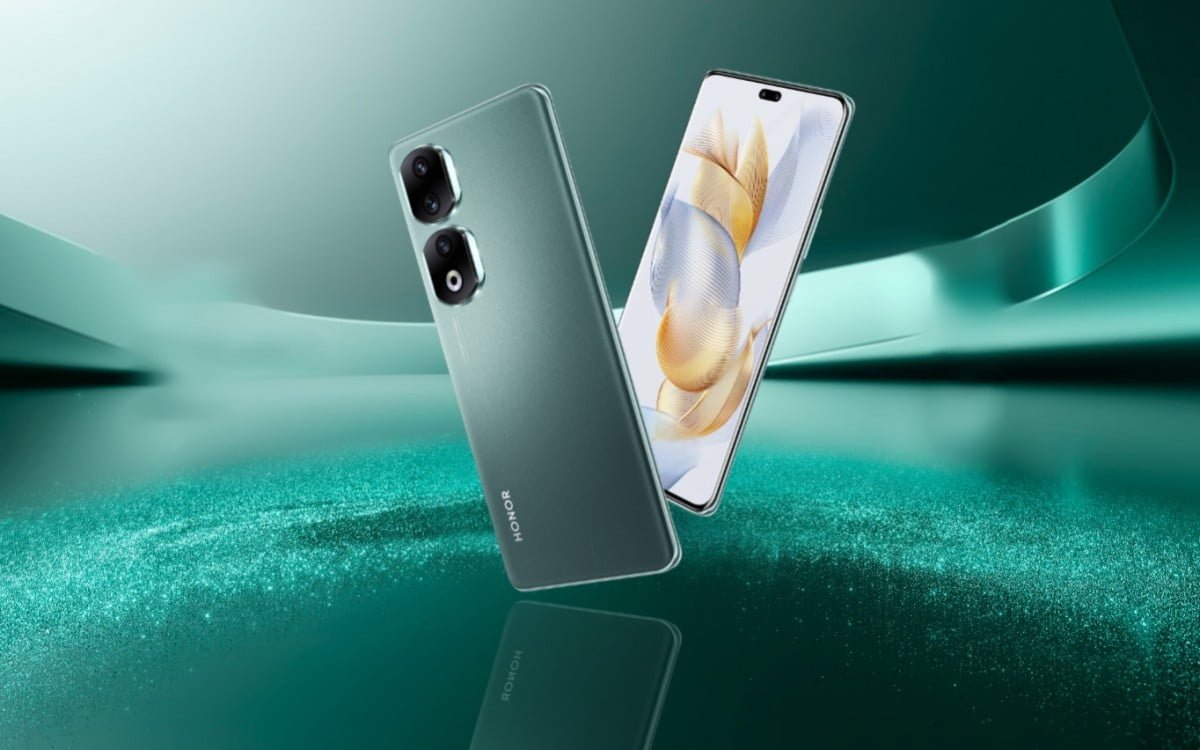In today’s fast-paced world, our smartphones have become an integral part of our lives. They are not just communication devices but also serve as our primary source of entertainment, information, and productivity. With such heavy usage, it’s crucial to protect our phone screens from scratches, cracks, and damage. That’s where screen protectors come into play. In this comprehensive guide, we’ll explore everything you need to know about choosing the best screen protector for your phone.
Thank you for reading this post, don't forget to subscribe!- Introduction
- Why Do You Need a Screen Protector?
- Types of Screen Protectors
- Choosing the Right Fit
- Understanding Screen Protector Hardness
- Features to Look For
- Installation Methods
- Maintenance and Cleaning
- Replacing a Damaged Screen Protector
- Benefits of Using a Screen Protector
- Popular Brands and Models
- How to Apply a Screen Protector
- Comparison: Glass vs. Plastic Screen Protectors
- FAQs (Frequently Asked Questions)
Introduction
Smartphones have revolutionized the way we live, work, and connect with others. To ensure that your device continues to serve you well, it’s essential to invest in a high-quality screen protector. This article will guide you through the process of selecting the perfect screen protector for your phone, from understanding the various types to installation methods and maintenance tips.

Why Do You Need a Screen Protector?
Protecting Against Scratches
One of the primary reasons to use a screen protector is to shield your phone’s screen from unsightly scratches. Even minor scratches can affect the overall viewing experience and reduce the resale value of your device.
Preventing Cracks and Shatters
In addition to scratches, screen protectors provide a crucial layer of protection against more severe damage, such as cracks and shatters. A good screen protector can absorb impact and prevent your phone’s screen from breaking.
Maintaining Screen Clarity
Screen protectors with anti-glare and anti-fingerprint features not only protect your screen but also enhance your viewing experience by reducing reflections and smudges.
Types of Screen Protectors
There are three main types of screen protectors to consider:
Tempered Glass
Tempered glass screen protectors offer the highest level of protection. They are highly durable, scratch-resistant, and maintain the touch sensitivity of your phone.
Plastic Film
Plastic film protectors are thinner and more flexible but still offer decent scratch protection. They are budget-friendly and easy to replace.
Liquid Screen Protectors
Liquid screen protectors create an invisible layer on your screen, providing basic protection against scratches and minor impacts. They are less common but offer some unique advantages.
Choosing the Right Fit
Compatibility with Your Phone Model
Ensure that the screen protector you choose is compatible with your specific phone model. Many manufacturers offer protectors tailored to popular phone brands and models.
Full Coverage vs. Edge-to-Edge
Decide whether you want a screen protector that covers the entire front surface of your phone or one that stops just short of the curved edges. Full coverage provides maximum protection, while edge-to-edge protectors offer a sleeker look.
Understanding Screen Protector Hardness
Screen protectors are rated on the Mohs scale of hardness. The higher the rating, the more resistant they are to scratches. Consider a protector with a hardness rating of 9H for optimal scratch protection.
Features to Look For
Oleophobic Coating
An oleophobic coating repels oil and fingerprints, keeping your screen clean and smudge-free.
Anti-Glare and Anti-Fingerprint
These features improve visibility in bright conditions and reduce the need for constant cleaning.
Privacy Filters
Privacy filters restrict the viewing angle, ensuring that only you can see the contents of your screen.
Installation Methods
Dry Application
Dry application involves simply placing the screen protector on your phone’s screen without any liquid. It’s straightforward and quick.
Wet Application
Wet application requires spraying a liquid solution on the screen before applying the protector. This method allows for better alignment and bubble removal.
Maintenance and Cleaning
To ensure your screen protector continues to perform well, clean it regularly using a microfiber cloth and a mild cleaning solution. Avoid abrasive materials that can scratch the protector.
Replacing a Damaged Screen Protector
If your screen protector becomes damaged or starts to peel, it’s essential to replace it promptly to maintain the integrity of your screen’s protection.
Benefits of Using a Screen Protector
Preserving Resale Value
A well-maintained screen protector can help retain your phone’s resale value, as it keeps the screen in pristine condition.
Maintaining Aesthetics
Screen protectors are designed to be unobtrusive and maintain the original look of your phone.
Popular Brands and Models
While there are many screen protector brands on the market, some have earned a reputation for quality and reliability. Consider options from trusted manufacturers like [Brand A] and [Brand B].
How to Apply a Screen Protector
Follow these steps for a successful screen protector application:
- Clean your phone’s screen thoroughly.
- Align the protector with your phone’s screen.
- Remove any air bubbles.
- Smooth out any remaining imperfections.
Comparison: Glass vs. Plastic Screen Protectors
Let’s compare tempered glass and plastic film protectors in terms of durability, clarity, and ease of installation.
- Durability: Tempered glass offers superior durability.
- Clarity: Both types provide excellent clarity.
- Installation: Plastic film protectors are easier to install.
FAQs (Frequently Asked Questions)
What is the best type of screen protector?
The best type depends on your priorities. Tempered glass offers the highest protection, while plastic film protectors are budget?



